Description
entanyl 75 mcg patch Online
Intravenous Fentanyl 75 mcg patch is often used for anaesthesia and analgesia. During anaesthesia it is often used along with a hypnotic agent like propofol. It is also administered in combination with a benzodiazepine, such as midazolam, to produce sedation for procedures such as endoscopy, cardiac catheterization, and oral surgery, or in emergency rooms. It is often used in the management of chronic pain including cancer pain.
Fentanyl is sometimes given intrathecally as part of spinal anaesthesia or epidurally for epidural anaesthesia and analgesia. Because of fentanyl’s high lipid solubility, its effects are more localized than morphine, and some clinicians prefer to use morphine to get a wider spread of analgesia.
Patches
Fentanyl transdermal patches (Durogesic/Duragesic) are used in chronic pain management. The patches work by slowly releasing fentanyl through the skin into the bloodstream over 48 to 72 hours, allowing for long-lasting pain management. Dosage is based on the size of the patch, since, in general, the transdermal absorption rate is constant at a constant skin temperature. Rate of absorption is dependent on a number of factors. Body temperature, skin type, amount of body fat, and placement of the patch can have major effects. The different delivery systems used by different makers will also affect individual rates of absorption. Under normal circumstances, the patch will reach its full effect within 12 to 24 hours; thus, fentanyl patches are often prescribed with a fast-acting opioid (such as morphine or oxycodone) to handle breakthrough pain.
It is unclear if fentanyl gives long term pain relief to people with neuropathic pain.
In palliative care, transdermal fentanyl has a definite, but limited, role for:
people already stabilized on other opioids who have persistent swallowing problems and cannot tolerate other parenteral routes such as subcutaneous administration.
people with moderate to severe kidney failure.
troublesome side effects of oral morphine, hydromorphone, or oxycodone.
Care must be taken to guard against the application of external heat sources (such as direct sunlight, heating pads, etc.) which in certain circumstances can trigger the release of too much medication and cause life-threatening complications.
Duragesic was first approved by the College ter Beoordeling van Geneesmiddelen, the Medicines Evaluation Board in the Netherlands, on July 17, 1995, as 25, 50, 75 and 100 µg/h formulations after a set of successful clinical trials, and on October 27, 2004, the 12 µg/h (actually 12.5 µg/h) formulation was approved as well. On January 28, 2005, the U.S. Food and Drug Administration approved first-time generic formulations of 25, 50, 75, and 100 µg/h fentanyl transdermal systems (made by Mylan Technologies, Inc.; brand name Duragesic, made by Alza Corp.) through an FTC consent agreement derailing the possibility of a monopoly in the treatment of breakthrough chronic pain by Alza Corp. In some cases, physicians instruct patients to apply more than one patch at a time, giving a much wider range of possible dosages. For example, a patient may be prescribed a 37.5 µg dosage by applying one 12.5 µg patch and one 25 µg patch simultaneously, or contingent on the large size of the (largest) 100 μg/h patch, multiple patches are commonly prescribed for doses exceeding 100μg/h, such as two 75 μg/h patches worn to afford a 150 μg/h dosage regimen. Although the commonly referred to dosage rates are 12/25/50/75/100 µg/h, the “12 µg” patch actually releases 12.5 µg/h. It is designed to release half the dose of the 25 µg/h dose patch.
As of July 2009, construction of the Duragesic patch had been changed from the gel pouch and membrane design to “a drug-in-adhesive matrix designed formulation”, as described in the prescribing information. This construction makes illicit use of the fentanyl more difficult.
FENTANYL 75 MCG PATCH STORAGE AND DISPOSAL
The fentanyl patch is one of a small number of medications that may be especially harmful, and in some cases fatal, with just one dose, if used by someone other than the person for whom the medication was prescribed. Unused Fentanyl 75 mcg patch should be kept in a secure location that is out of children’s sight and reach, such as a locked cabinet.
When patches cannot be disposed of through a medication take-back program, flushing is recommended for fentanyl patches because it is the fastest and surest way to remove them from the home so they cannot harm children, pets and others who were not intended to use them.
RECALLS FENTANYL 75 MCG PATCH
In February 2004, a leading Fentanyl 75 mcg patch supplier, Janssen Pharmaceutica Products, L.P., recalled one lot, and then later, additional lots of fentanyl (brand name: Duragesic) patches because of seal breaches which might have allowed the medication to leak from the patch. A series of Class II recalls was initiated in March 2004, and in February 2008 ALZA Corporation recalled their 25 µg/h Duragesic patches due to a concern that small cuts in the gel reservoir could result in accidental exposure of patients or health care providers to the fentanyl gel.
In February 2011, the manufacturer suspended production of all Duragesic patches due to quality control issues involving unspecified “microscopic crystallization” detected during the manufacturing process of the 100 µg/h strength.
Intranasal Fentanyl 75 mcg patch
The bioavailability of intranasal fentanyl is about 70–90%, but with some imprecision due to clotted nostrils, pharyngeal swallow and incorrect administration. For both emergency and palliative use, intranasal fentanyl is available in doses of 50, 100, and 200 µg. In emergency medicine, safe administration of intranasal fentanyl with a low rate of side effects and a promising pain reducing effect was demonstrated in a prospective observational study in about 900 out-of-hospital patients.
In children, intranasal fentanyl is useful for the treatment of moderate and severe pain and is well tolerated.
Sublingual Fentanyl 75 mcg patch
Abstral dissolves quickly and is absorbed through the sublingual mucosa to provide rapid analgesia. Fentanyl is a highly lipophilic compound, which is well absorbed sublingually and generally well tolerated. Such forms are particularly useful for breakthrough cancer pain episodes, which are often rapid in onset, short in duration and severe in intensity.
Lozenges Fentanyl 75 mcg patch
Fentanyl lozenges (Actiq) are a solid formulation of fentanyl citrate on a stick in the form of a lollipop that dissolves slowly in the mouth for transmucosal absorption. These lozenges are intended for opioid-tolerant individuals and are effective in treating breakthrough cancer pain. It has also been used for breakthrough pain for patients with nonmalignant (not cancer related) pain, but this application is controversial. The unit is a berry-flavoured lozenge on a stick swabbed on the mucosal surfaces inside the mouth—inside of the cheeks, under and on the tongue and gums—to release the fentanyl quickly into the system. It is most effective when the lozenge is consumed within 15 minutes. About 25% of the medication is absorbed through the oral mucosa, resulting in a fast onset of action, and the rest is swallowed and absorbed in the small intestine, acting more slowly. The lozenge is less effective and acts more slowly if swallowed as a whole, as despite good absorbance from the small intestine there is extensive first-pass metabolism, leading to an oral bioavailability of about 33% as opposed to 50% when used correctly, (25% via the mouth mucosa and 25% via the gut).
Actiq is produced by the pharmaceutical company Cephalon on a plastic stick; this provides the means by which the medication can maintain its placement while it dissolves slowly in the mouth for absorption across the buccal mucosa, in a manner similar to sublingual buprenorphine/naloxone film strips. An Actiq lozenge contains two grams of sugar (eight calories). Actiq has been linked to dental decay, with some users who had no prior dental issues suffering tooth loss, and in the U.S many users have started their own Facebook pages to educate users about the severe dental issues caused by the so-called fentanyl lollipops. CBS News reported the issue 28 September 2009. The status of a sugar-free version, called Actiq-SF, is unclear. Since the release of Fentora—an effervescent buccal fentanyl tablet for breakthrough cancer pain—Cephalon has indefinitely postponed plans to release a sugar-free version of Actiq.
Beginning late September 2006, a generic “oral transmucosal fentanyl citrate” has been available, made by Barr Pharmaceuticals.
The United States Air Force Pararescue and Swedish armed forces combat medics utilize lollipops with fentanyl. Navy corpsmen working with the United States Marine Corps in Afghanistan use Fentanyl lollipops on combat casualties from IED blasts and other mechanisms of injury. The lollipop is taped to the casualty’s finger and inserted in between the teeth and cheek (buccal area) of the patient. When enough of the medication has been absorbed the finger will generally fall from the patient’s mouth, thereby indicating that the medication has become effectively administered.
Other
Some preparations such as nasal sprays and inhalers may result in a rapid response, but the fast onset of high blood levels may compromise safety. In addition, the expense of some of these appliances may greatly reduce their cost-effectiveness. In children it is unclear if intranasal fentanyl is as good as or the same as morphine.
A fentanyl patient-controlled transdermal system (PCTS) is under development, which aims to allow patients to control administration of fentanyl through the skin during the treatment of perioperative pain.
Adverse effects Fentanyl 75 mcg patch
Fentanyl’s most common side effects (more than 10% of patients) include diarrhea, nausea, constipation, dry mouth, somnolence, confusion, asthenia (weakness), sweating, and less frequently (3 to 10% of patients) abdominal pain, headache, fatigue, anorexia and weight loss, dizziness, nervousness, hallucinations, anxiety, depression, flu-like symptoms, dyspepsia (indigestion), shortness of breath, hypoventilation, apnoea, and urinary retention. Fentanyl 75 mcg patch use has also been associated with aphasia.
Despite being a more potent analgesic, fentanyl tends to induce less nausea, as well as less histamine-mediated itching, than morphine.
Fentanyl may produce more prolonged respiratory depression than other opioid analgesics. In 2006 the U.S. Food and Drug Administration (FDA) began investigating several respiratory deaths, but doctors in the United Kingdom were not warned of the risks with fentanyl until September 2008. The FDA reported in April 2012 that twelve young children had died and twelve more made seriously ill from separate accidental exposures to fentanyl skin patches.
The precise reason for sudden respiratory depression is unclear, but there are several hypotheses:
Saturation of the body fat compartment in patients with rapid and profound body fat loss (patients with cancer, cardiac or infection-induced cachexia can lose 80% of their body fat).
Early carbon dioxide retention causing cutaneous vasodilation (releasing more Fentanyl 75 mcg patch), together with acidosis, which reduces protein binding of fentanyl, releasing yet more fentanyl.

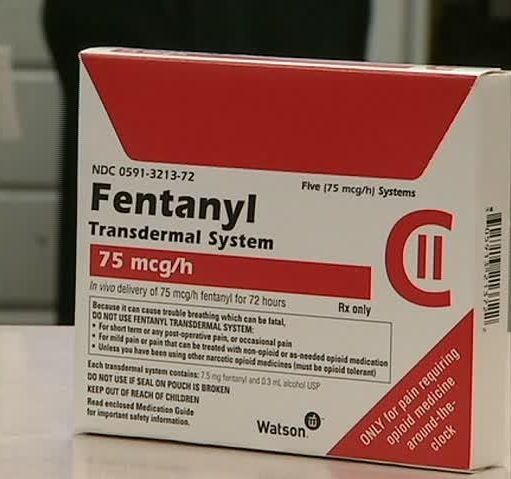
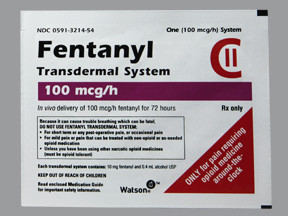

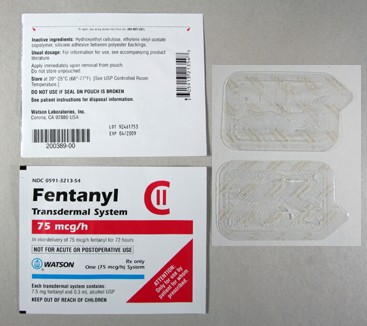
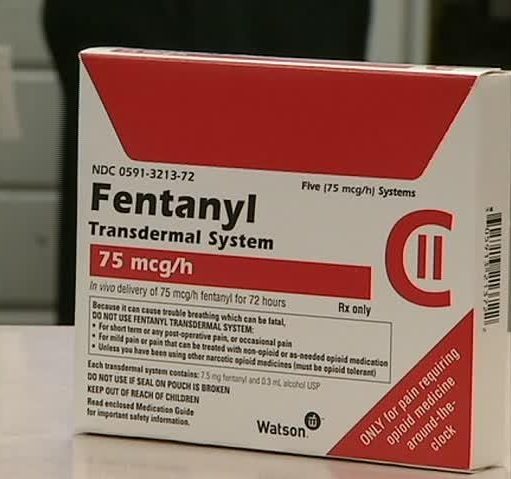
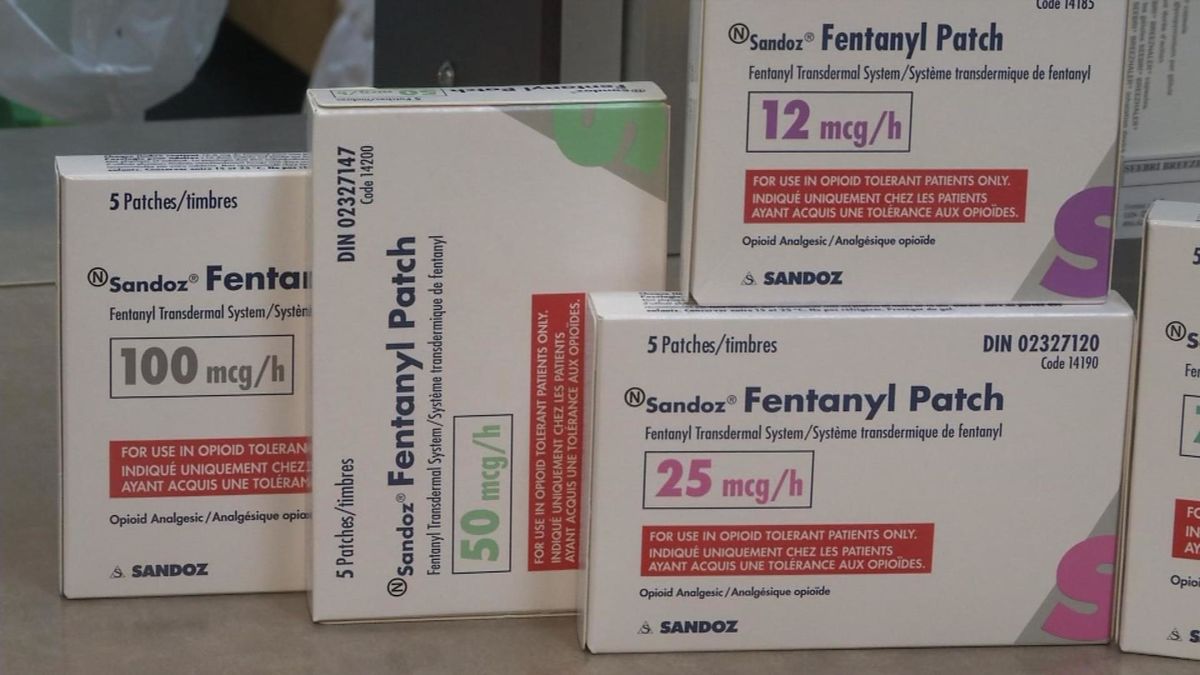
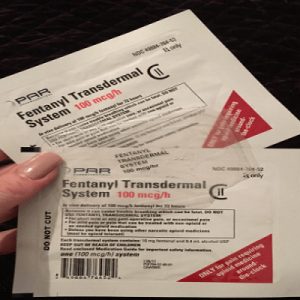
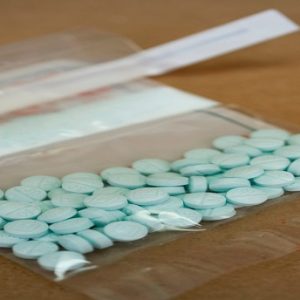
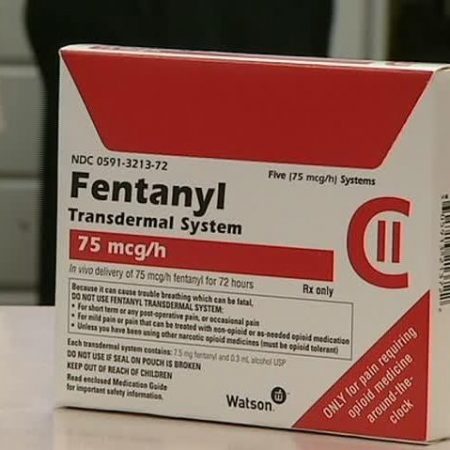
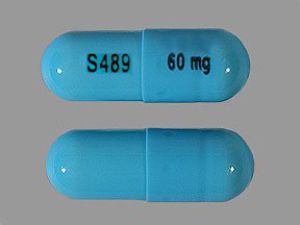
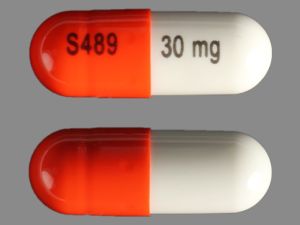

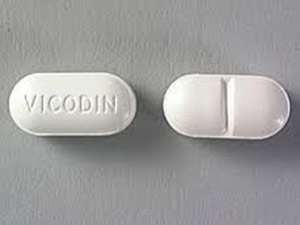
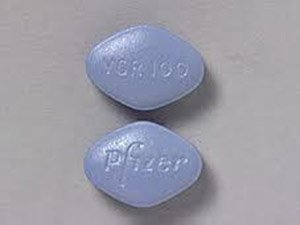
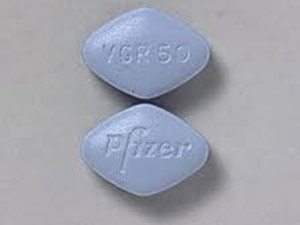
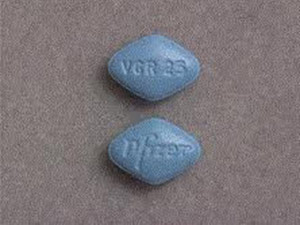



Reviews
There are no reviews yet.